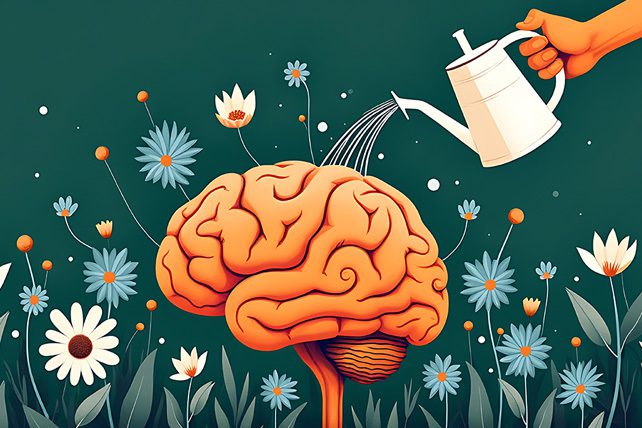 God designed our brains with incredible capacity for change. But that change doesn’t happen randomly—it follows specific, powerful processes. In Neuroscience Informed Christian Counseling® (NICC), we focus on two core pathways of transformation: Competitive Neuroplasticity and Memory Reconsolidation. These mechanisms shape everything from our habits and emotional responses to how we experience healing in our walk with Christ.
God designed our brains with incredible capacity for change. But that change doesn’t happen randomly—it follows specific, powerful processes. In Neuroscience Informed Christian Counseling® (NICC), we focus on two core pathways of transformation: Competitive Neuroplasticity and Memory Reconsolidation. These mechanisms shape everything from our habits and emotional responses to how we experience healing in our walk with Christ.
Let’s unpack them.
Competitive Neuroplasticity: Rewiring the Brain Through Practice
This first process is like laying down a new hiking trail in the brain. It happens when we repeatedly practice a new behavior or thought pattern while intentionally neglecting the old one. Over time, the new pathway becomes stronger and more dominant, and the old one fades from disuse. This is often summed up by the classic neuroscience phrase:
“Neurons that fire together, wire together…and those that don’t, die off.”
Also called Hebbian plasticity or pathway remodeling, competitive neuroplasticity is the science behind habit formation, CBT-style interventions, and spiritual disciplines that shape the renewing of the mind (Romans 12:2).
Here’s how it works:
- You begin to respond to a familiar trigger in a new way—pausing to pray instead of reacting in anger, choosing gratitude over grumbling.
- As this new response is repeated, it strengthens into a well-worn neural path.
- Meanwhile, the old pathway—fear, avoidance, addiction—is used less and begins to atrophy. It’s a process called synaptic pruning.
Think of it like replacing a rutted, muddy road with a smooth, newly paved one. It takes effort, but with practice—and God’s grace—your brain rewires for truth, peace, and resilience.
This is the foundation for behavior change. And spiritually, it mirrors what Scripture teaches about laying aside the old self and putting on the new (Ephesians 4:22–24). It doesn’t happen overnight. But through repeated, Spirit-led choices, our brains literally reshape toward the life God designed us to live.
Memory Reconsolidation: Transforming the Story from Within
If competitive neuroplasticity is about replacing a road, memory reconsolidation is more like updating the map itself. Instead of building something new, this process allows the brain to revisit an existing emotional memory and rewrite it from the inside out.
Here’s the sequence:
- A painful memory or belief (e.g., “I’m unlovable”) is brought into conscious awareness—into working memory.
- While the memory is “labile” (open to change), new emotional input is introduced—maybe a moment of attunement, truth, or even a sensed experience of God’s love.
- The brain then saves the memory again—but this time, with updated emotional meaning.

